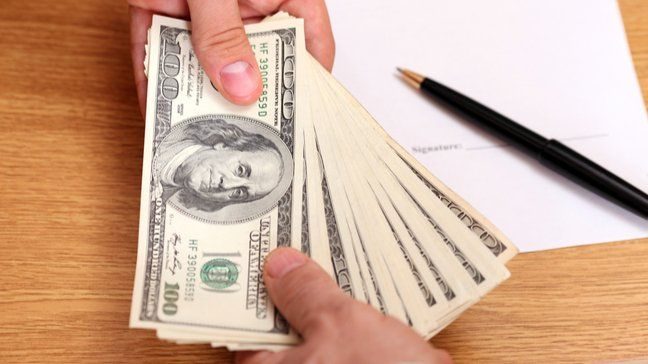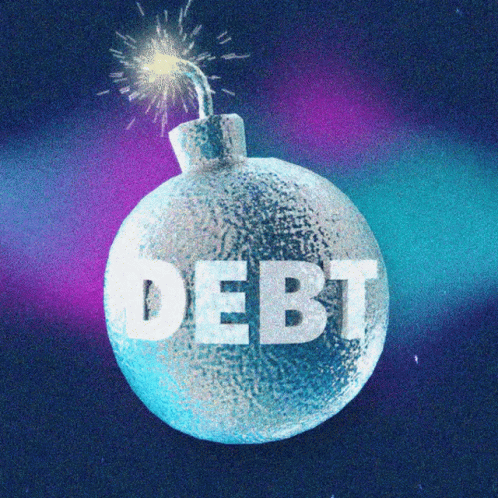Getting out of debt is a major financial milestone. And making extra payments can go a long way toward eating away at your balance while saving money on interest.
But if you’re committed to making extra debt payments, it’s important to understand how those payments work. Any extra payment will help you climb out of debt faster, but making a principal-only payment lets you cruise toward a new debt-free life.
What’s Ahead:
What is a principal-only payment?
Normally, when you make a payment on a loan, the lender applies part of your payment to interest and fees before it reduces the principal — the money you actually borrowed from the lender.
Let’s say you have a $10,000 loan at 6% APR, with a monthly payment of $111. Toward the beginning of your loan term your payments will be split at about $61 going toward the principal and $50 toward interest.
If you make an extra payment during the month, in many cases the lender still uses the same formula. So, the lender would add up the interest accrued during the month and use a portion of your payment to pay the accrued interest before applying it to your principal.
A principal-only payment, on the other hand, is one that goes entirely toward reducing the principal. Because the amount of interest charged is based on your principal, your interest charges become smaller as your principal is reduced.
A principal-only payment can accelerate your debt payoff period and save you money in interest. This is especially true with credit card interest, since many credit cards compound interest on a daily basis. If you can make an extra principal-only payment on your credit card each month, your interest will accrue at a much slower pace, helping you get rid of your credit card debt that much faster.
Read more: How to pay off credit card debt fast
How to make a principal-only payment
Unfortunately, not every lender allows extra loan payments without charging a fee. And while some lenders may allow you to make extra payments without penalty, you might still see a portion of the payment go toward interest if you don’t specify that you’d like to make a principal-only payment.
If you want to make an extra principal-only payment, start by checking your lender’s repayment policies. Each lender has its own process for making principal-only payments (if they allow them). You might be required to make your extra payment at the same time you make your regular payment. In some cases, you might need to get an extra payment slip and check a box that says, “principal-only.”
Automate your payments
When possible, the best way to make your payments is to automate them. Some lenders allow you to make an extra automatic payment each month, specifying that each extra payment goes toward the principal.
If you can set this up online or over the phone, it can help you tackle your debt without the need to manually and routinely make an extra payment each month.
Watch out for prepayment penalties
Realize that some lenders won’t allow principal-only payments. You can make extra payments each month, but they won’t apply them solely toward the principal. However, in these cases, there’s still a benefit to making the extra payment because you will still get out of debt sooner.
On the other hand, there are lenders who not only don’t allow you to make principal-only payments, but they also charge prepayment penalties. So, if you pay off your loan early, you might be charged an extra fee. These lenders try to recoup some of the lost interest from your accelerated payments by charging you a fee.
Before you begin making extra payments, run the numbers. See if there’s a prepayment penalty and, if there is, check whether your interest savings will be big enough to offset the fee.
Consider refinancing with a new lender
If you still have a significant balance left to repay ($5K or more), and your current lender will charge you a prepayment penalty every time you wish to make an extra payment, do some research to see if you can find a lender offering better terms.
If you find a new lender with a competitive interest rate and flexible repayment terms, it might be worthwhile to pay your current lender a one-time fee to refinance/consolidate your debt(s) with the new lender and free yourself from repeat prepayment fees.
You can research new consolidation and refinancing options by entering your basic loan details below.
How do principal-only payments reduce your debt faster?
To give you an example of how much you can save by making principal-only payments, let’s take a look at a $15,000 car loan that has a four-year term at 5% interest.
Money Under 30’s extra payments loan calculator shows that you can expect to pay about $1,581.12 in interest if you keep making the regular payments on the loan until it’s paid off.
But if you make an extra payment of $150 per month, you’ll save $315.60 in interest.
While it doesn’t seem like a huge difference, the savings are more dramatic the bigger the loan balance and the longer the loan term. The interest rate can also make a difference in the impact of extra principal-only payments. The more you hack off from the principal each month, the more you save in interest.
It’s also worth considering one-time principal-only payments, even if you can’t make regular extra payments. If you get a bonus or a tax refund, directing that money toward a principal-only payment can put a dent in what you owe and ultimately reduce your interest charges.
What about bi-weekly payments?
If you’re not sure you can make an extra payment each month, you can reduce the interest you pay and the time you spend with debt by making bi-weekly payments instead. Divide your monthly payment in half, and set up your account to pay every other week. You’ll make 26 payments a year. That adds up to one extra monthly payment a year — without the need to strain your budget.
Realize, though, that when you make bi-weekly payments, you often end up paying principal and interest for each payment. Your lender doesn’t usually count one of your payments as principal-only. However, you can still save over your regular term, getting out of debt earlier and paying less in interest when you use bi-weekly payments.
If you have the money to make extra payments on a bi-weekly basis, the impact can be even bigger. You can save more money and be out of debt sooner when you combine extra payments with bi-weekly payments. Review your budget to see what you can manage.
Summary
Making principal-only payments can be one of the best strategies for getting out of debt quickly, provided your lender won’t charge you hefty prepayment penalties.
If your lender’s prepayment terms are inflexible or punitive, you should at least explore the possibility of refinancing with a more flexible lender. Flexible loan terms and aggressive repayments are a winning combination in the fight against debt.





